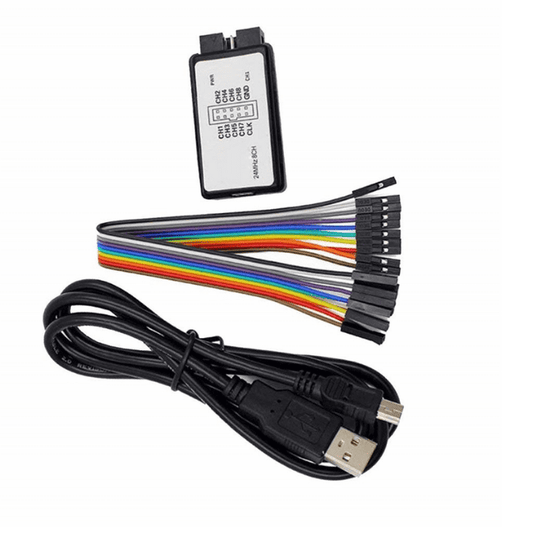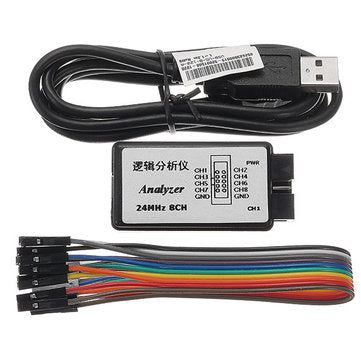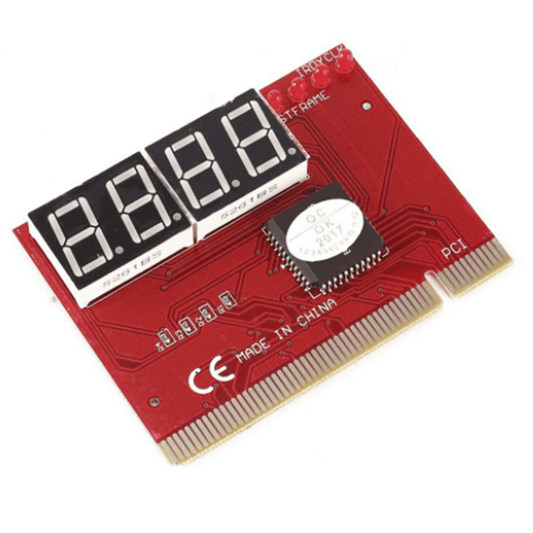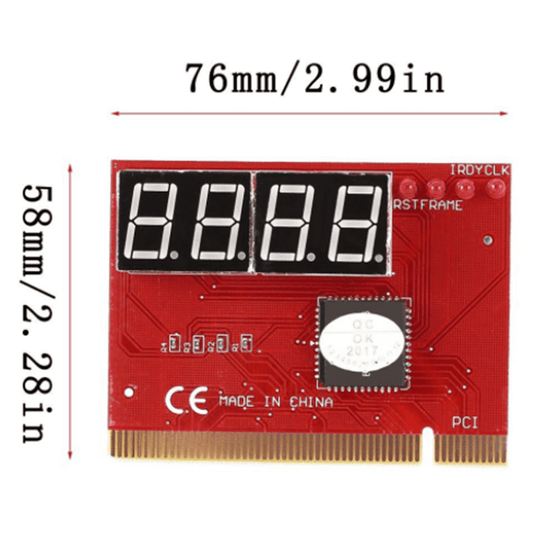Speed Control of DC Motor
What is a DC Motor?
DC motor is an electrical machine that converts electrical energy into mechanical energy. It's called a DC motor because the power supply used is DC (direct current).
Working of DC Motor

DC motor works on the principle that when a current-carrying conductor is placed in a magnetic field it experiences a force which is given by Flemming’s Left-hand rule ( When you keep your forefinger, middle finger, and thumb perpendicular to each other and forefinger represent the direction of the magnetic field, the middle finger represents the current flowing through the armature then the thumb represents the direction of the force generated on the armature coil).
As the armature coil rotates, it cuts the magnetic flux lines, which results in a change in the magnetic field, giving rise to back emf according to Faraday's law of electromagnetic induction. This induced emf is in the opposite direction of the applied voltage. This back emf makes the DC motor self-regulating.
Example: When you increase the load on the motor, the speed of the motor gets reduced. This decreases the back emf and increases the current through the armature, thereby increasing the torque to compensate for the applied load.
Likewise, when you decrease the load, the speed of the motor increases. This increases the back emf and decreases the current through the armature, by which the torque is reduced to make up for the load.
Also, read our blog on DC Motor Applications explaining DC motor applications in different industries, products, and types of DC motors.
Why Speed Control of DC Series Motor Necessary?
In various applications, such as robotics and electronics, precise speed control of the DC motor is essential for optimal performance.
Imagine you are in a car. To get a comfy ride in traffic, you will need to control the speed of the vehicle. Similarly, in electronics, to control the movements of robots or drones so that they won't crash, speed control is used. For drones, you get
ready-made Electronic Speed Controllers(ESC) to do this. In this article, we will see how this can be achieved.
The difference between speed control and speed regulation is that speed control is done automatically or manually, whereas speed regulation is the measure of the regulation(maintaining) of the constant speed on changing load conditions at the motor shaft.
Speed Control Methods of DC Motor
The speed control method of DC shunt motor is given by the following equation

N is the speed of the DC motor
V is the voltage across the armature
Ra is the armature resistance
Ia is the current through the armature
K is constant and ϕ is the flux
From the equation, we can see that speed control of the dc motor can be achieved by changing flux, which is done by changing field current (Flux control method), changing armature resistance(Armature control method) or voltage supply(Voltage control method). Let's see each one of them one by one.
How to Control Speed of DC Motor
1. Flux/Field Control method
Here we change the magnetic flux to DC motor speed control. To achieve this, we change the current through the field winding. So to do this, we place a resistor in series with the field winding and vary this resistor to control the current through
which we control the field and then finally the speed of the DC motor. When resistance is set to a minimum, the current through the field winding increases, and thus flux also increases and speed decreases from the equation of speed and the equation below.
ϕ = 𝐾fIf
Kf is the magnetic field design constant.

2. Armature control method
In this method, a variable resistor is placed in series with the armature winding.
When there is a change in resistance, the voltage across the armature changes, and thus the speed. So, if the variable resistor’s resistance is decreased, the voltage drop across the armature winding is increased according to Ohm’s law, and thus speed is increased. Similarly, when the variable resistor is increased, the voltage drop across the armature winding decreases, and the speed decreases.

3. Voltage Control Method
This method is the most extensively used method for controlling the speed of the motor. In this method, we change the supply voltage to the motor and vary its speed. So, increasing or decreasing the supply voltage to the motor will increase or decrease the speed of the motor, respectively.
The voltage across the motor can be varied by applying a PWM(pulse width modulation) signal. This PWM signal can be generated from any microcontroller or IC 555. The easiest way is by using Arduino, by just using the analogWrite(value) function. Thus, varying the width of the pulse speed can be controlled. Decreasing the width will decrease the speed, and increasing the width of the PWM will increase the speed.

Speed Control of DC Motor using Arduino

In this example, we have
DC motor: Converts electrical energy to mechanical or rotational energy. 9V battery: To give power supply to the motor
Arduino Uno: To generate a PWM signal to control the speed. L298N motor driver board: To drive the motor.
In this example, as shown in the image, Arduino generates a PWM signal to the motor driver through the command analogWrite(enA, value), which controls the speed of the motor. By changing the parameter ‘value’, we can achieve speed control of the DC motor using Arduino. Thereby achieving the speed control of the DC motor.
Conclusion
In this blog post, we have learned that a DC motor is a fundamental device that converts electrical energy into mechanical energy. Understanding its working and the importance of speed control methods is crucial for engineers and enthusiasts alike. By implementing the various speed control techniques discussed in this blog, you can fine-tune the performance of your DC motor to suit your specific needs. So, whether you are building robots, automation systems, or simply tinkering with electronics, mastering DC motor speed control is a must-have skill that will set you apart from the rest. Start exploring the possibilities of speed control of a DC motor today!
If you appreciate our work, don't forget to share this post and leave your opinion in the comment box.
Please do check out other blog posts about Popular Electronics
Check out other related blog posts about DC Motor: DC Motor Applications and What is the Difference Between Servo Motor vs DC Motor
Make sure you check out our wide range of products and collections (we offer some exciting deals!)








